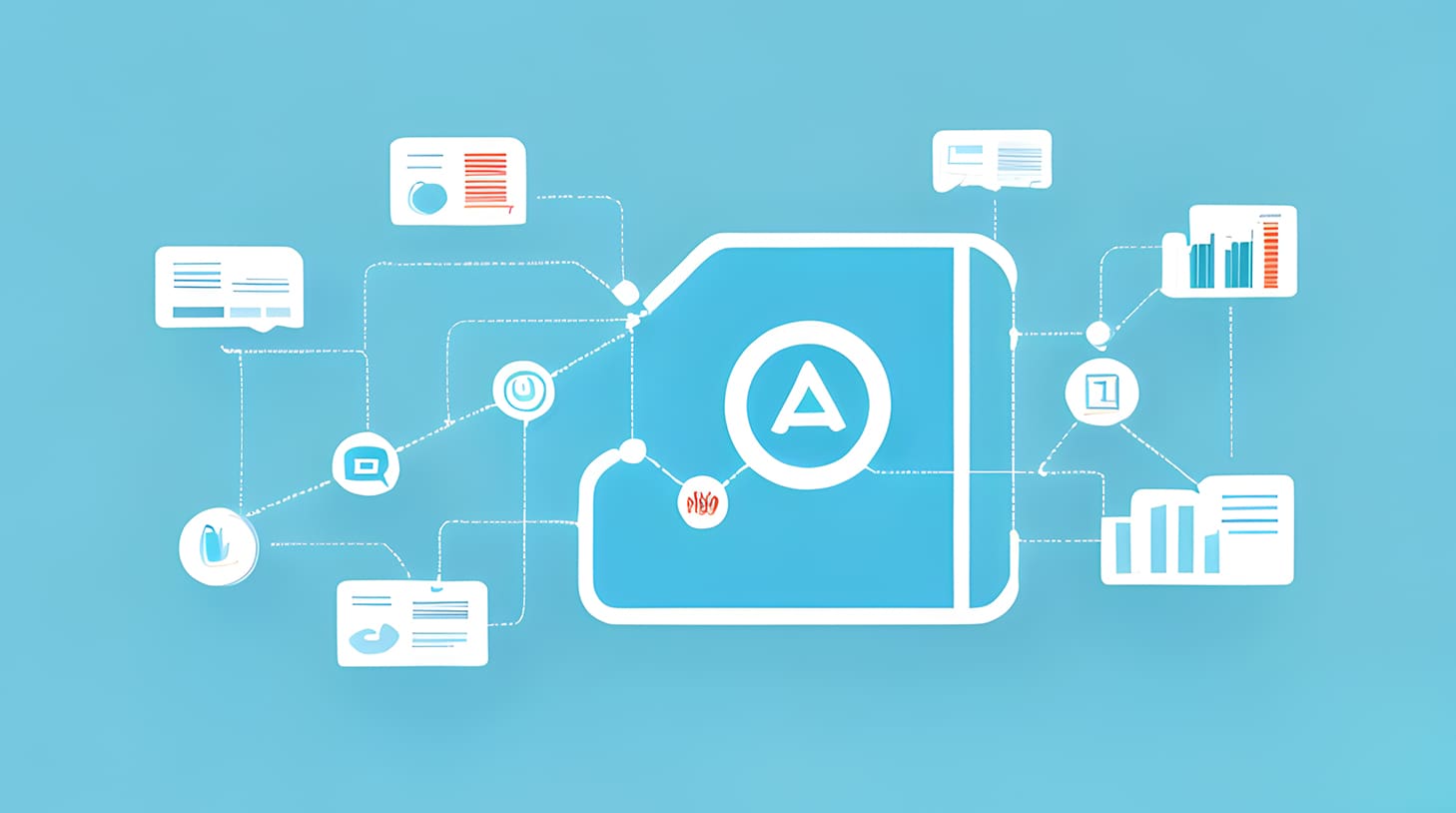10 formulas to help calculate the ROI of HR initiatives
It’s essential that you determine the effectiveness of your HR efforts and make data-driven decisions. To help you do this, we share 10 formulas to measure key metrics such as revenue per employee and employee productivity, providing actionable tips to optimize HR strategies and bring significant impacts to the work.

Calculating the ROI of HR initiatives can be a challenge, but as an HR pro yourself, you know how crucial it is to determine the effectiveness of HR efforts and make data-driven decisions. It’s likely that part of your work is on people data.
Through people analytics, HR teams can gain valuable insights into employee productivity, engagement, retention and performance that can positively impact the organization’s bottom line – and then implement action plans to improve those areas because they’re now tangibly tied to revenue.
To help you quantify all this, we’ve compiled a list of formulas to measure key metrics. The actionable tips provided can help you and your colleagues optimize your HR strategies and make informed decisions that contribute to business success.
By leveraging people data analytics, you can make significant impacts in your work.
Let’s look at the formulas now.
Contents
1. Cost per Hire
This formula can help to calculate the cost of hiring a new employee.
- Cost per Hire = Total Cost of Hiring / Total Number of Hires
For example, if the total cost of hiring in a year was $500,000 and the total number of hires was 100, the cost per hire would be $5,000.
Actionable Tip: Use recruitment metrics to track the effectiveness of recruitment sources and optimize them for cost and quality of hire.
2. Revenue per Employee
This formula can help to calculate the revenue generated per employee.
- Revenue per Employee = Total Revenue / Total Number of Employees
For example, if the total revenue in a year was $10,000,000 and the total number of employees was 100, the revenue per employee would be $100,000.
∫Implement employee engagement and development programs that improve employee productivity and contribute to overall business success.
3. Employee Productivity
This formula can help to calculate the productivity of employees.
- Employee Productivity = Output / Input
For example, if an employee produces 100 units in a day and works 8 hours, the employee productivity would be 12.5 units per hour.
Actionable Tip: Use performance metrics to identify areas for improvement and provide employees with the necessary tools and training to improve productivity.
4. Return on Investment (ROI)
This formula can help to calculate the ROI of a people analytics project.
- ROI = (Gain from Investment – Cost of Investment) / Cost of Investment x 100%
For example, if a people analytics project costs $100,000 and results in a gain of $200,000, the ROI would be 100%.
Actionable Tip: Identify high-impact HR initiatives and use predictive analytics to measure the potential ROI before investing resources.
5. Cost of Turnover
This formula can help to calculate the cost of employee turnover.
- Cost of Turnover = (Separation Costs + Replacement Costs + Training Costs + Productivity Costs) / Total Number of Employees
For example, if the total cost of employee turnover was $500,000 and there were 50 employees in the company, the cost of turnover would be $10,000 per employee.
Actionable Tip: Conduct exit interviews to identify factors contributing to turnover and implement changes that improve employee retention.
6. Revenue per FTE (Full-Time Equivalent)
This formula can help to calculate the revenue generated per full-time equivalent employee.
- Revenue per FTE = Total Revenue / Total FTEs
For example, if the total revenue in a year was $10,000,000 and the total number of full-time equivalent employees was 50, the revenue per FTE would be $200,000.
Actionable Tip: Use workforce planning to optimize the number of FTEs and ensure they are aligned with business goals.
7. Cost Savings
This formula can help to calculate the cost savings of a people analytics project.
- Cost Savings = (Cost Before Implementation – Cost After Implementation) / Cost Before Implementation x 100%
For example, if a people analytics project results in a cost savings of $50,000 and the initial cost was $100,000, the cost savings would be 50%.
Actionable Tip: Leverage insights from data analytics to optimize business processes and reduce costs.
8. Cost per Training Hour
This formula can help to calculate the cost per training hour for employees.
- Cost per Training Hour = Total Cost of Training / Total Number of Training Hours
For example, if the total cost of training in a year was $50,000 and the total number of training hours was 500, the cost per training hour would be $100.
Actionable Tip: Use learning analytics to measure the effectiveness
9. Cost of Absenteeism
This formula can help to calculate the cost of absenteeism.
- Cost of Absenteeism = (Total Salary Cost / Total Number of Workdays) x Number of Absent Days
For example, if the total salary cost for a month was $100,000, there were 20 workdays in the month, and an employee was absent for 2 days, the cost of absenteeism would be $1,000.
Actionable Tip: Implement wellness programs that promote employee health and reduce absenteeism.
10. Cost of Overtime
This formula can help to calculate the cost of overtime for employees.
- Cost of Overtime = (Total Overtime Hours x Overtime Rate) / Total Number of Employees
For example, if the total overtime hours for a month were 200 and the overtime rate was $20 per hour, and there were 10 employees, the cost of overtime would be $400 per employee.
Actionable Tip: Use predictive analytics to forecast peak workloads and optimize staffing levels to reduce overtime costs.
Use these formulas consistently and track their progress throughout the year – and then the insights will become clearer. With these in your pocket, you’ll be able to measure the ROI of various human resources initiatives and therefore make data-driven decisions to contribute to business success – and show the value of what you do as an HR pro.
Want to learn more? Check out our guide on showing the ROI of people analytics.



